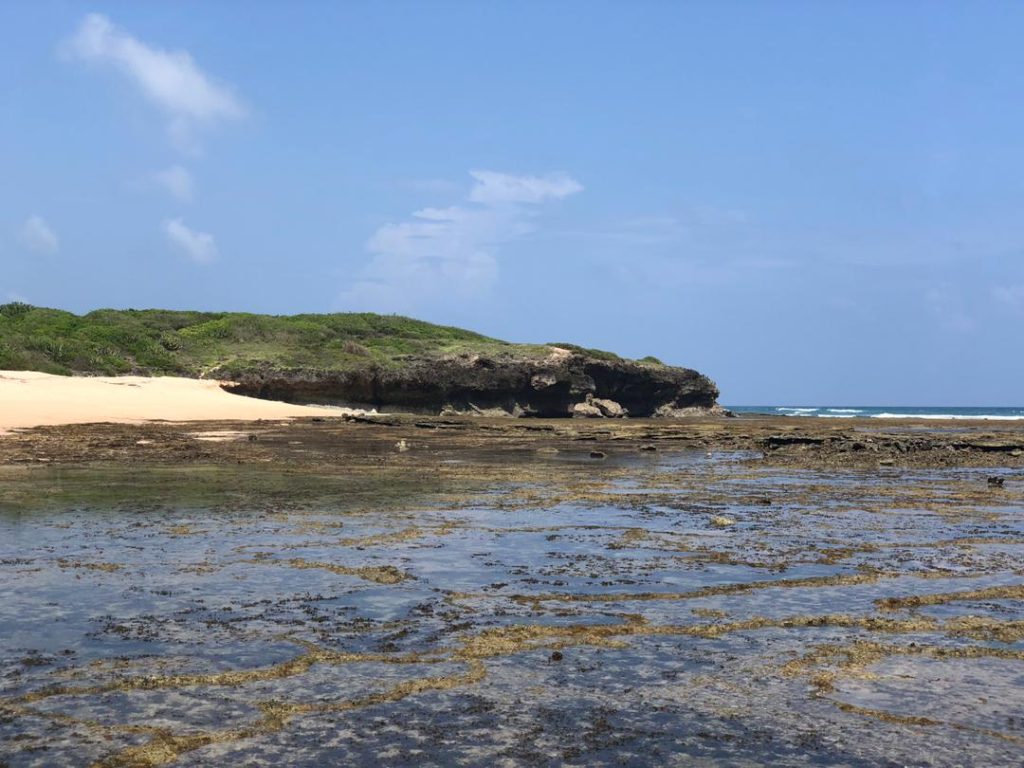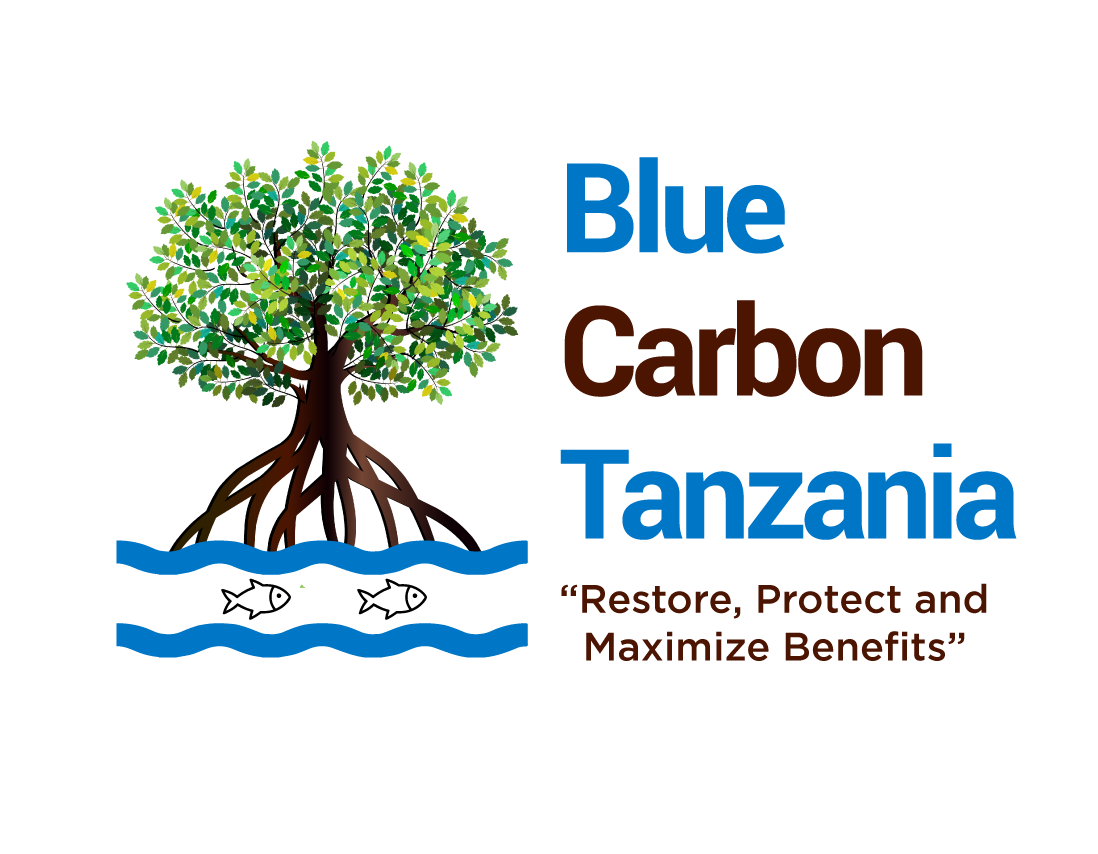Seagrass Conservation & Restoration
Seagrass Conservation & Restoration
Seagrasses are flowering plants that grow and survive in the coastal ocean. They are threatened worldwide by human activities such as coastal land development, fishing trawling, motorboating; pollution and climate change. The global area of seagrasses is declining at the rate of 1.5% each year, equivalent to approximately one soccer pitch per minute. The efforts to restore and promote multistakeholder awareness and legal framework will significantly slow down the loss of these important habitats. Blue Carbon Tanzania work with coastal communities and practitioners to restore the lost seagrasses and promote best practices for sustainability. The twelve seagrass species in Tanzania include the Halodule uninervis, Halodule wrightii, Syringodium isoetifolium, Cymodocea rotundata, Cymodocea serrulata, Thalassodendron ciliatum, Zostera capensis, Enhalus acoroides, Halophila minor, Halophila ovalis, Halophila stipulacea and Thalassiahemprichii.

Our work focuses to improve the seagrass meadows and associated marine life to ensure conservation and sustainable management. Kwale Island is one such beautiful island we have dedicated our efforts to improving community management, capacity building, organizing awareness activities and restoration at large. The daily mapping and monitoring of seagrasses include the application of quadrats and transects, and restoration of the seagrasses surrounding the islands of Koma and Kwale in Mkuranga ward Tanzania.
